When I stepped onto Formentera, I felt like I’d stumbled onto a side of Spain that most folks never even hear about. The beaches? They’re white sand and the water is this unreal turquoise—way more peaceful than the buzz of its famous neighbors. Beach yoga spots and these casual, sandy cafés pretty much begged me to slow down and actually breathe for a change.
Formentera’s unspoiled beauty and that truly laid-back vibe made it my top spot for a Balearic detox. Sun-soaked days just melted into quiet evenings. I barely remembered what stress felt like.
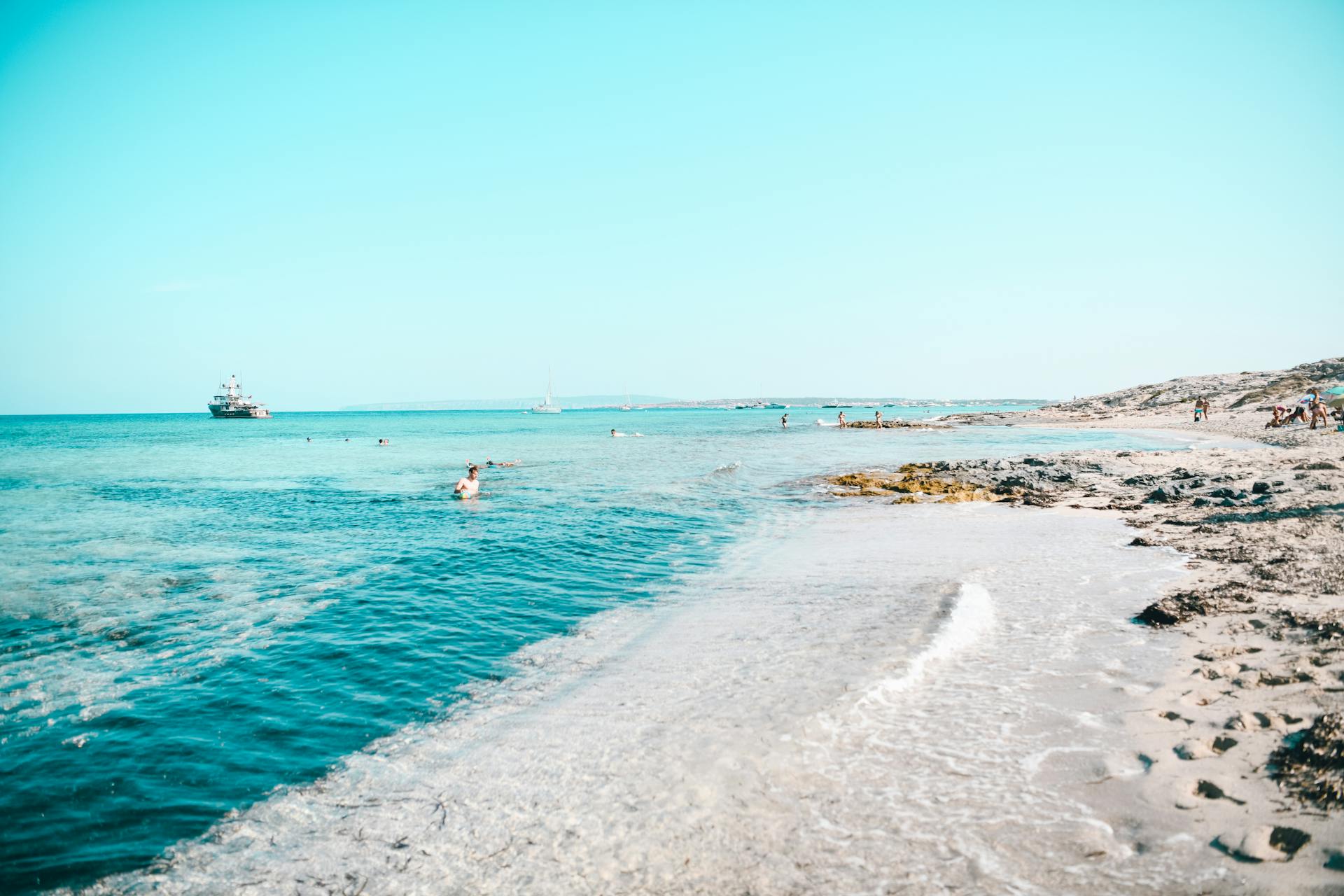
If you’re after a place to really unwind, Formentera is it. Floating in the calm Mediterranean or biking along the coast just hit different here.
Discovering Formentera: An Unspoiled Slice of the Balearics
People call Formentera the quiet gem of the Balearic Islands, and honestly, I get why. The landscapes are tranquil, the beaches look untouched, and life moves at this mellow pace that feels far from Spain’s busier hotspots.
The Island’s Unique Geography
Formentera is the smallest of Spain’s main Balearic Islands, but its geography really stands out. The island is almost totally flat and only about 20 kilometers long. I loved exploring by bike—super easy and actually fun.
Sandy paths wind through pine forests, salt flats, and wildflower fields. Up north, there’s Es Trucadors, a skinny strip of land leading to Illetes and Llevant beaches. These spots really show off the island’s finger-like shape.
Villages like Sant Francesc Xavier and Es Pujols sit close to the coast, so you can hop from a sunny square to a sea view in minutes. The horizon is always close, and sunrises or sunsets feel extra magical because you’re never far from the water.
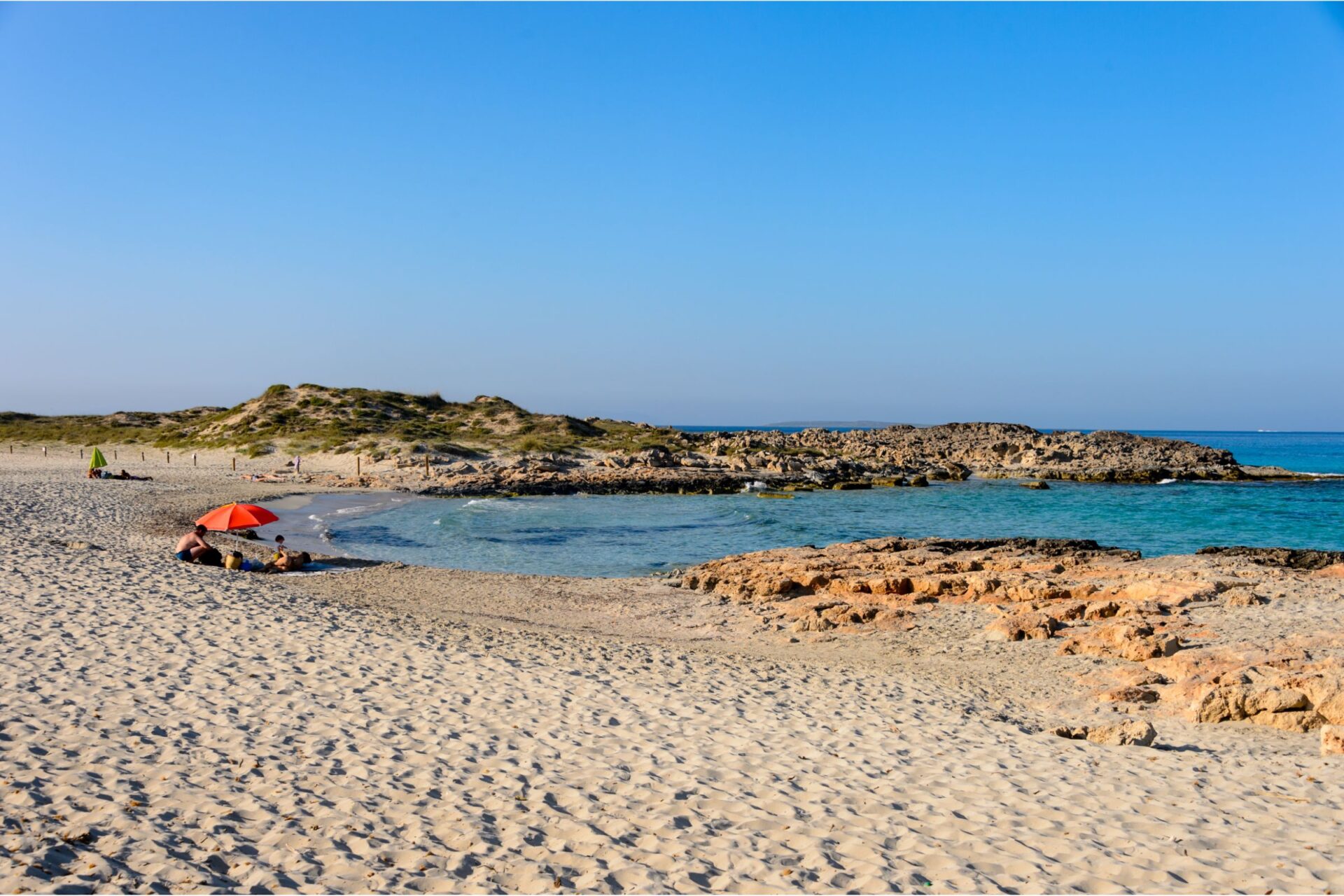
Unspoiled Beaches and Crystal-Clear Waters
Formentera’s coastline is famous for its white sand and insanely clear sea. The first time I set foot on Platja de Ses Illetes, I honestly thought I’d found one of the last untouched paradise spots in the Mediterranean.
It’s often called one of Europe’s best beaches, with soft sand, shallow water, and views across to Ibiza. I spent hours swimming, sunbathing, or just zoning out.
Playa de Migjorn stretches for miles and is dotted with quiet nooks, while Caló des Mort is a rocky cove where I watched fish dart around in the clear water. The island keeps development super limited to protect the environment. Beach bars sort of blend into the scenery, and you won’t find high-rises anywhere near the shore. Locals really focus on keeping the natural beauty intact.
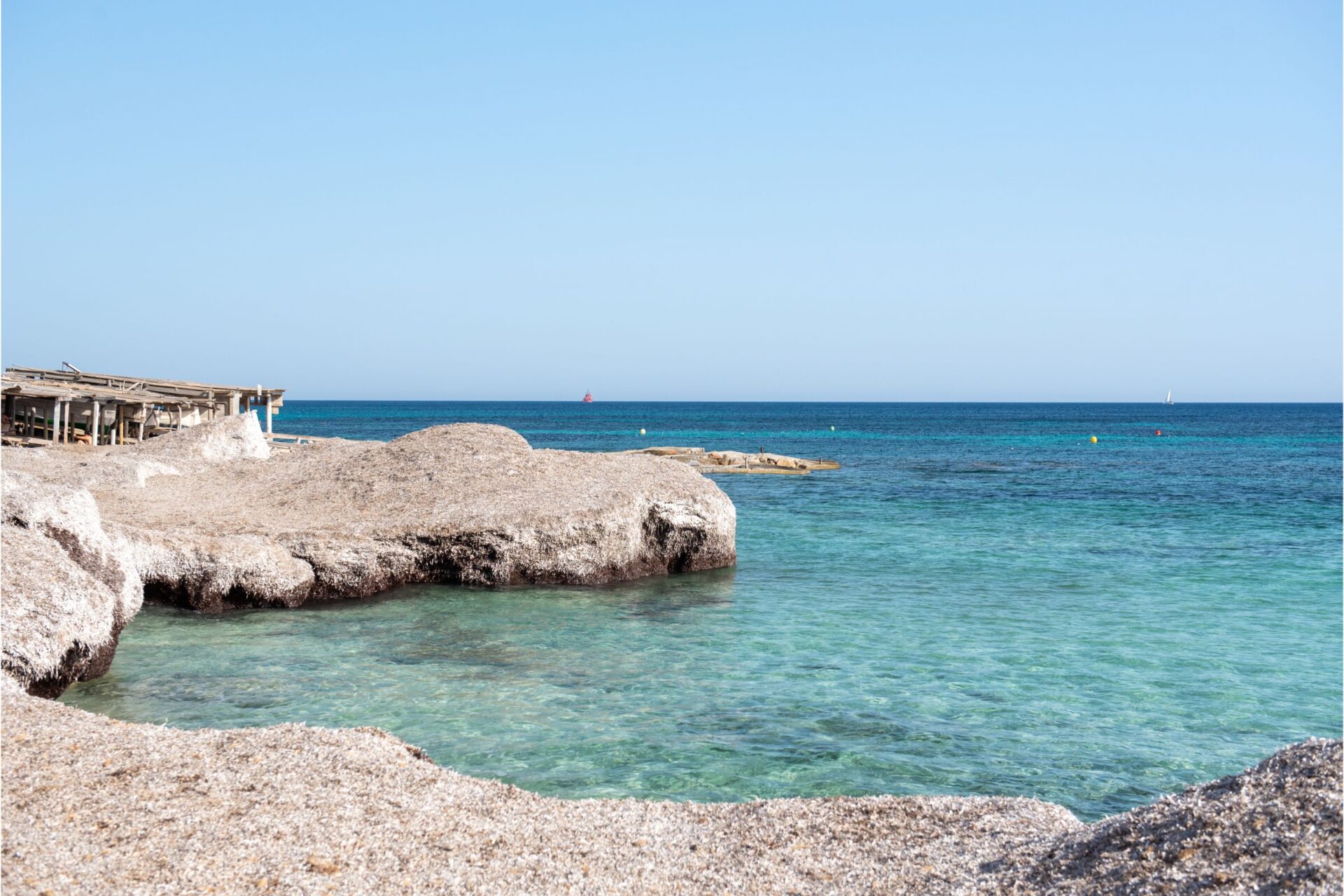
Laid-Back Local Culture
The vibe here? Effortlessly chill. At the market in Sant Francesc, people call each other by name, and locals linger over coffee in tiny outdoor cafés for ages. Visitors come to unplug and enjoy the basics—walking the beach, eating fresh seafood, or maybe sunrise yoga.
Tourism exists, but it’s way softer than other parts of Spain. The island’s eco-friendly approach keeps things authentic and small-scale. Boutiques sell handmade jewelry and linens, and restaurants serve up Balearic classics like ensalada payesa and grilled fish. This slow, gentle pace made it so easy for me to relax and actually enjoy every moment.
What Sets Formentera Apart from Ibiza and Mallorca
Formentera stands out because it feels calmer, puts eco-friendly tourism first, and just moves at a totally different pace compared to its bigger neighbors. Each island has its own thing, but Formentera really nails peace, nature, and a low-key lifestyle.
A More Peaceful Escape
When I arrived, the stillness was obvious—something I never found in Ibiza or Mallorca. The beaches, like Playa de Ses Illetes, are usually less crowded.
The water is ridiculously clear, and the white sand just goes on and on. There aren’t rows of sunbeds or big hotels blocking the view.
It’s easy to find a quiet cove or a pine-shaded bike path where the only sounds are birds and the breeze. Formentera almost insists you slow down and enjoy lazy mornings.
There’s no airport, so everyone comes by ferry. That alone keeps things quieter and adds to the chill.
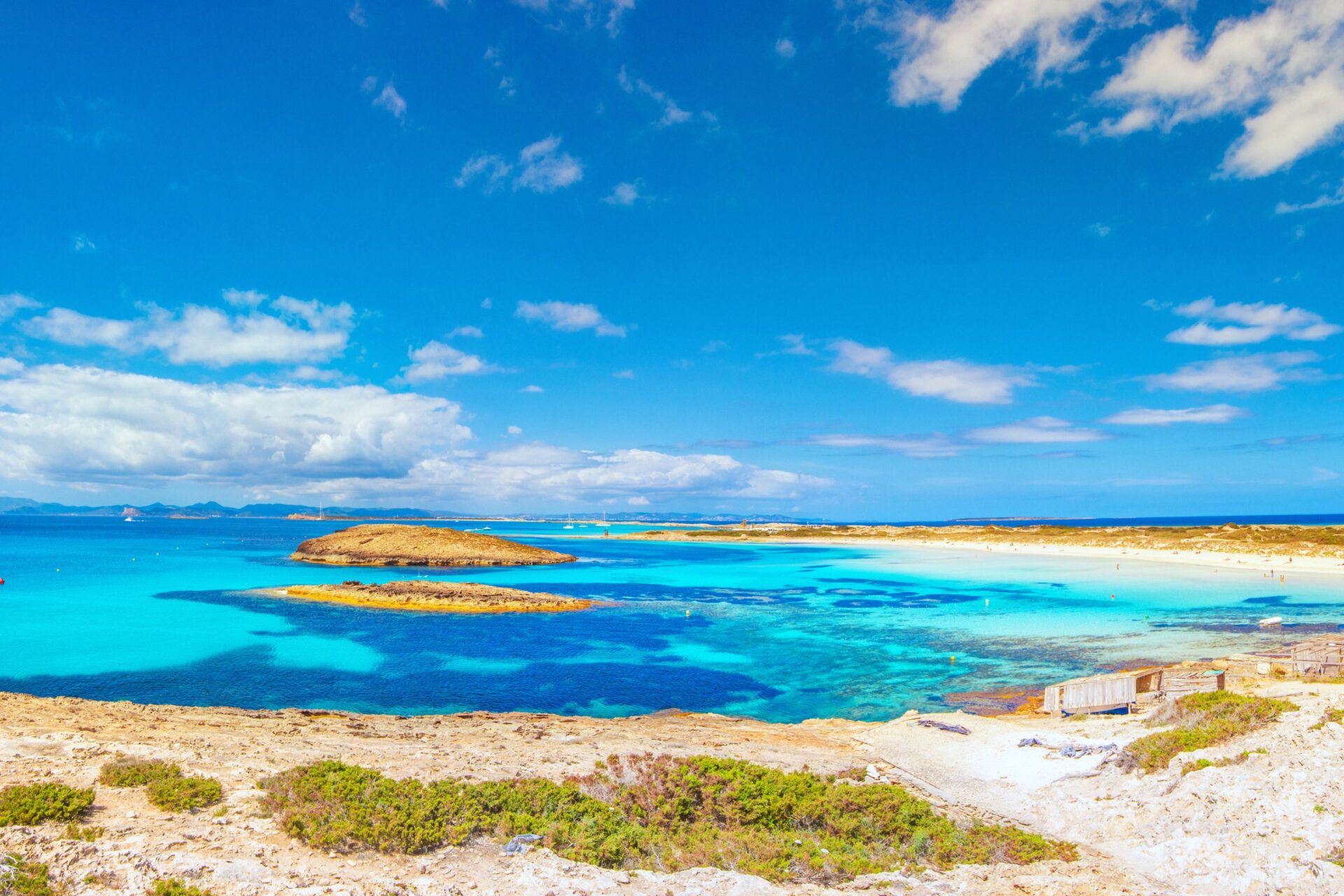
Sustainable Tourism and Environmental Values
Formentera really puts the environment first. I noticed the island’s commitment to protecting its beaches, seagrass meadows, and marine life everywhere I went.
Hotels and beach clubs do their best to be sustainable—cutting down on plastic, saving water, even using solar power sometimes.
Eco-taxes help fund conservation, and the island limits car rentals, pushing biking and walking instead. Markets sell organic produce, and some restaurants go full farm-to-table.
You see recycling bins on beaches and little reminders that everyone’s impact matters. Formentera’s efforts to keep the coastline natural make the island feel fresh and wild.
Contrasts in Nightlife and Entertainment
Ibiza’s all about nightclubs and wild parties, and Mallorca mixes nightlife with family resorts and old towns full of music. Formentera? It’s a whole different scene.
Evenings are about laid-back dining, sunset cocktails at a beach chiringuito, and long conversations under the stars.
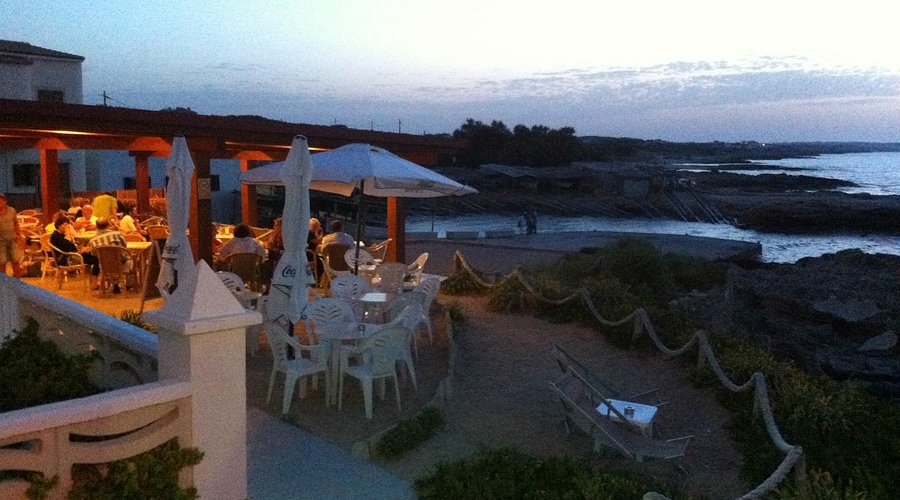
Image Source: Tripadvisor
You won’t find big dance clubs or crowds staying up till dawn. People come for yoga, acoustic music, or just to watch the sky change colors.
If you want to unwind at night instead of party, this is your place. Local bars and open-air cafés encourage you to slow down and actually enjoy the moment.
Immersing in Formentera’s Slow-Living Lifestyle
Slowing down just happens here. My days revolved around gentle routines, real connections, and noticing the little things.
Walking and Biking for Mindful Exploration
I started walking or renting a bike instead of rushing everywhere. Formentera’s marked trails made it easy to reach secret coves and quiet beaches.
No big towns or highways meant I barely heard any cars—just birds and waves. Biking along the coast, I stopped whenever I felt like it to snap photos or dip in the sea.
The island’s flat terrain made rides easy, not tiring. When I wandered into villages, I met shop owners and locals who always seemed to have time for a chat.
On foot or bike, I spotted wildflowers and old stone walls sunning themselves. Exploring slowly made me actually notice the island’s scents and breezes.
If I’d just driven, I would’ve missed all that.
Here’s what I loved most about getting around:
| Activity | Experience |
|---|---|
| Biking coastal trails | Stopping at empty beaches at will |
| Walking stone paths | Discovering hidden gardens |
Community Vibes and Arts
The slow rhythm isn’t just about how you get around. Locals greet each other by name, and a lot of shops close for siesta, which honestly forces you to chill out.
Morning markets in Sant Francesc or La Mola are full of crafts, handmade jewelry, and art. I joined a pottery workshop one afternoon and ended up sharing stories over coffee with both travelers and locals.
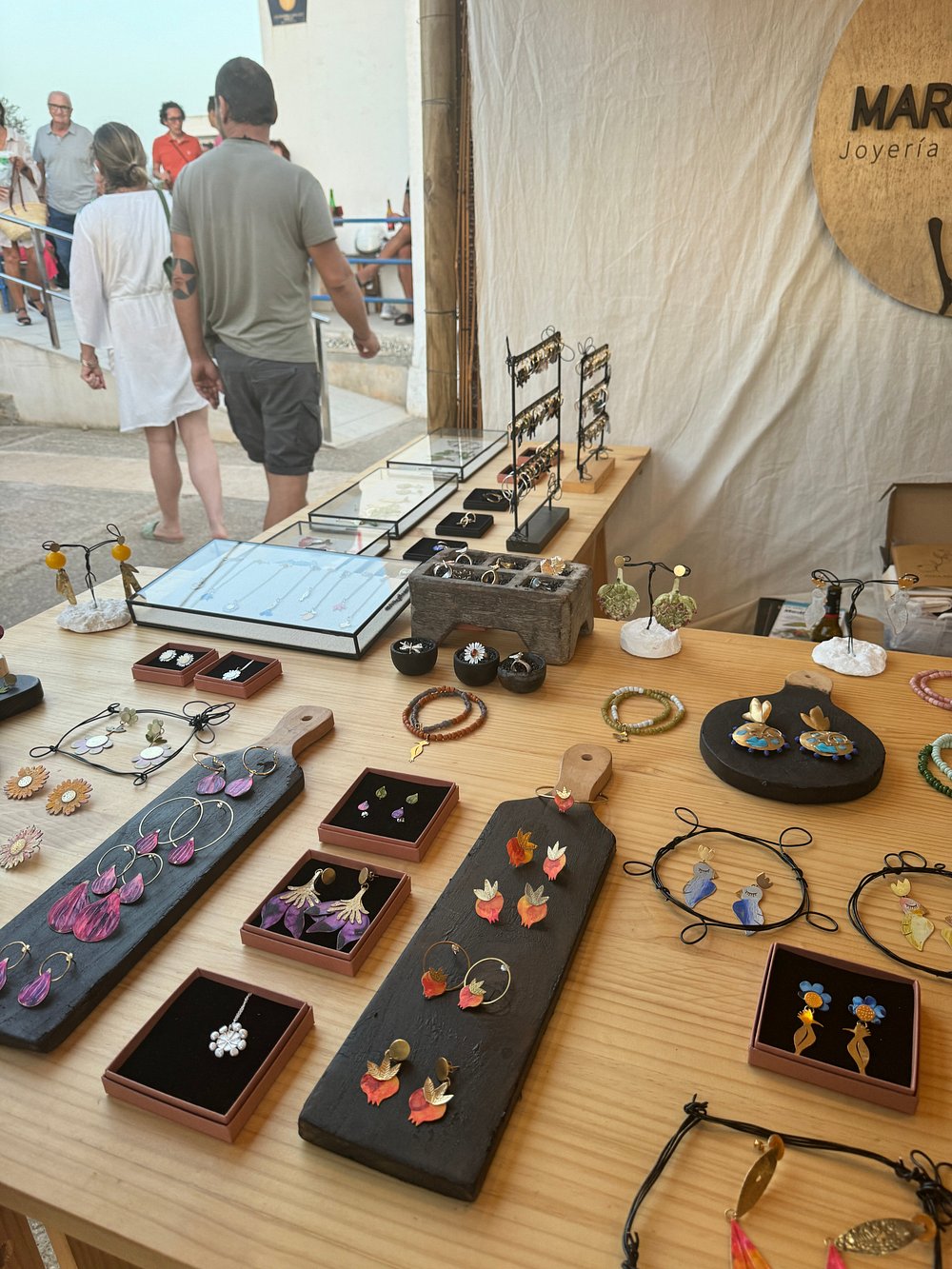
Image Source: Tripadvisor
The sense of community here isn’t fake—it shapes daily life. Street musicians play in small plazas, and art galleries welcome you even if you’re just browsing.
Some of my favorite finds:
- Handmade baskets made from local reeds.
- Ceramic tiles with beachy designs.
- Paintings of sunrise at the harbor.
Artists and vendors put real care into their work. It’s inspiring to see creativity valued over speed.
Wellness and Health Retreats
Formentera’s pace made it easy to focus on my health. I joined a morning yoga class outside, looking out at the Mediterranean.
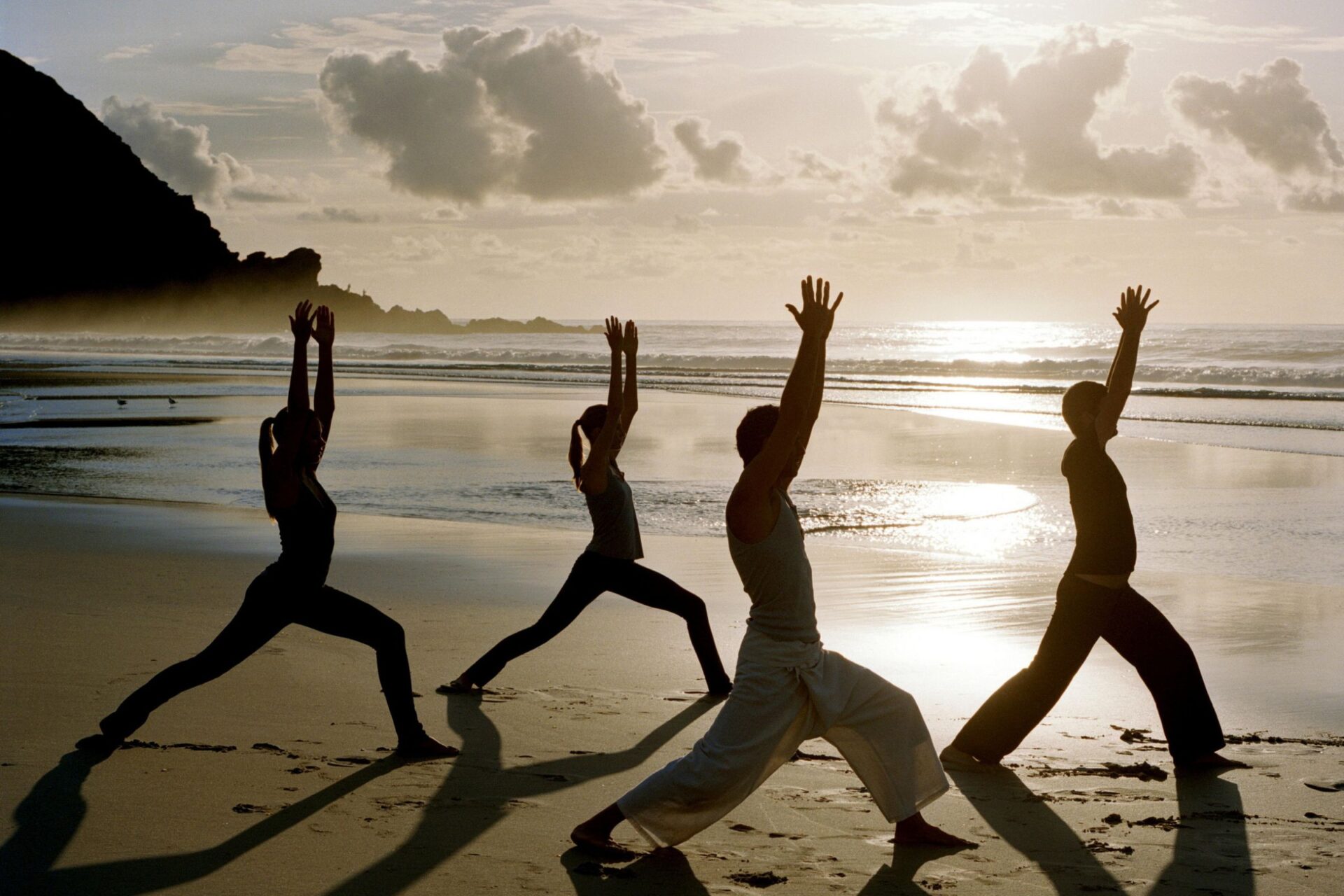
The salty air and sound of waves made every stretch feel special. Wellness retreats pop up all over the island, offering meditation, nutrition workshops, and spa treatments using local herbs or sea salt.
I tried a massage in a little cabana near Migjorn Beach and walked away feeling lighter. After a meditation session in an olive grove, I realized how easily stress slips away here.
Food is simple and healthy—fresh fish, salads with local tomatoes, and fruit fill every menu. It’s way easier to reset when you’re surrounded by so much quiet and nature.
Exploring Formentera’s Sights, History, and Architecture
Formentera isn’t just about beaches. Its peaceful landscapes hold layers of history and a cool mix of rustic and creative energy. Every corner blends old stories with today’s artsy touches.
Iconic Lighthouses and Historic Sites
Standing on the cliffs by Cap de Barbaria lighthouse, I felt like I’d reached the edge of the world. The white tower rises above rocky bluffs and the ocean just stretches out forever.
It’s perfect for photos or just standing there, letting the wind clear your head. Far de la Mola is another must-see. This 19th-century lighthouse inspired Jules Verne and marks the island’s eastern tip.
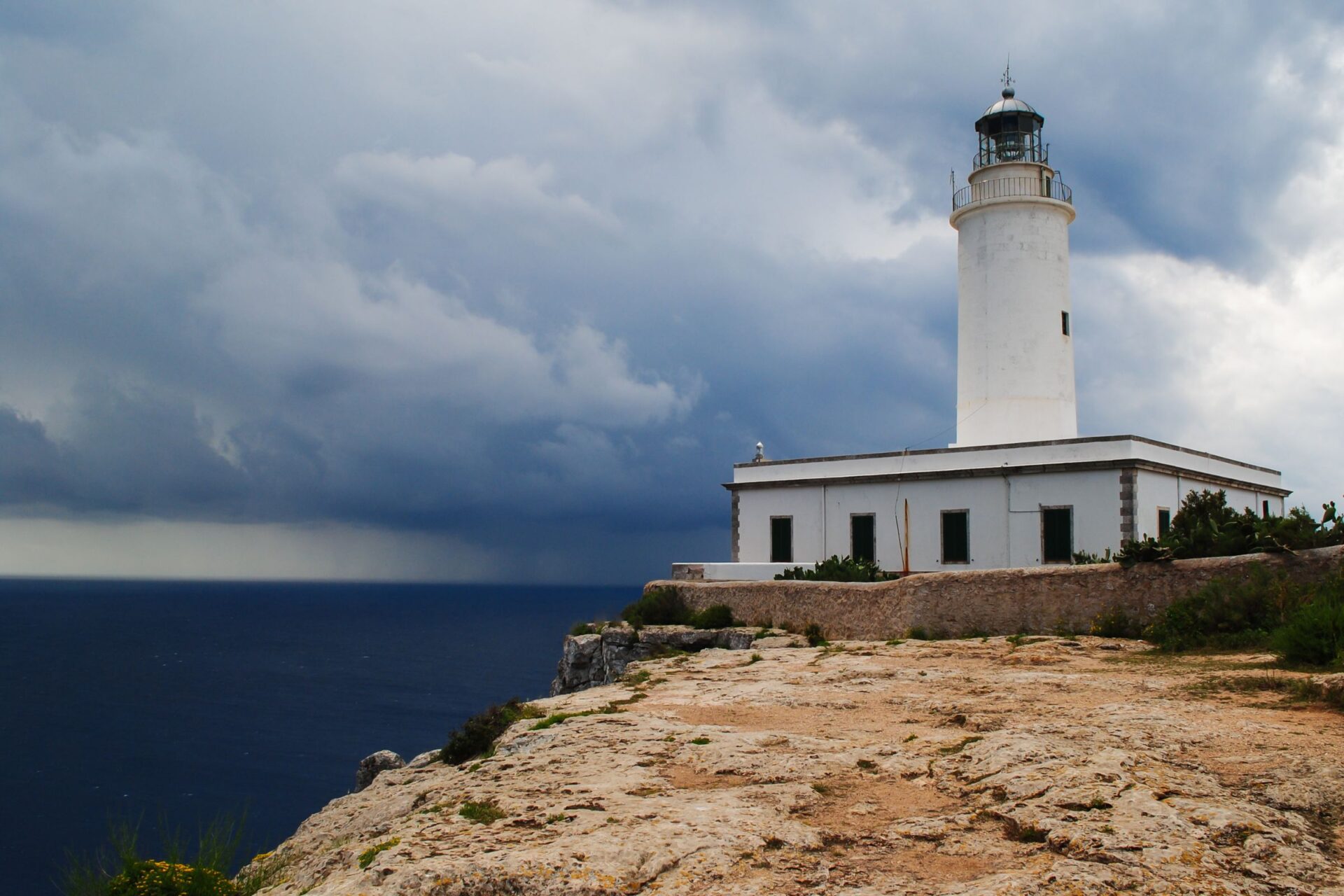
I learned about shipwrecks and how tough sailors had it navigating these coasts. All over the countryside, stone towers and little chapels pop up, and even the olive groves and crumbling walls whisper stories of island life.
Traditional Architecture
Walking through Sant Francesc Xavier, I noticed the whitewashed houses with thick walls and tiny windows—smart design for the heat. Many have blue shutters and small courtyards packed with cactus or wild blooms.
The churches feel timeless. Iglesia de Sant Francesc Xavier stands quietly in the main square, its fortress-like walls a reminder of old pirate raids.
Out in the countryside, farmhouses called “fincas” have flat roofs and simple shapes. I spotted windmills and old wells tucked into the landscape. All these touches give the island a deep sense of calm and history.

Image Source: Wikimedia Commons
Contemporary Art and Festivals
Formentera doesn’t just cling to the past. Art galleries and craft studios pop up in villages and along quiet roads.
Local artists turn driftwood, glass, and shells into creative pieces inspired by the island’s sun and sea. In summer, the streets get lively with festivals.
The Sant Jaume Festival was a highlight—locals dance, play music, and fill the square with color and laughter. Art fairs and open-air concerts add something fresh to the island’s easygoing vibe.
Creative workshops are everywhere, and evenings often bring outdoor movies or photo shows. The art scene is small but welcoming, full of personality.
Savoring Local Flavors and Beachside Dining
Eating on Formentera is just as much a highlight as the beaches. From fresh-caught seafood with ocean views to classic Spanish bites, my taste buds went on a proper island holiday.
Fresh Seafood and Mediterranean Cuisine
Every meal by the sea came with a view of turquoise water and a faint saltiness in the air.
Formentera’s restaurants really lean into local ingredients—especially seafood that’s just been pulled from the Mediterranean.
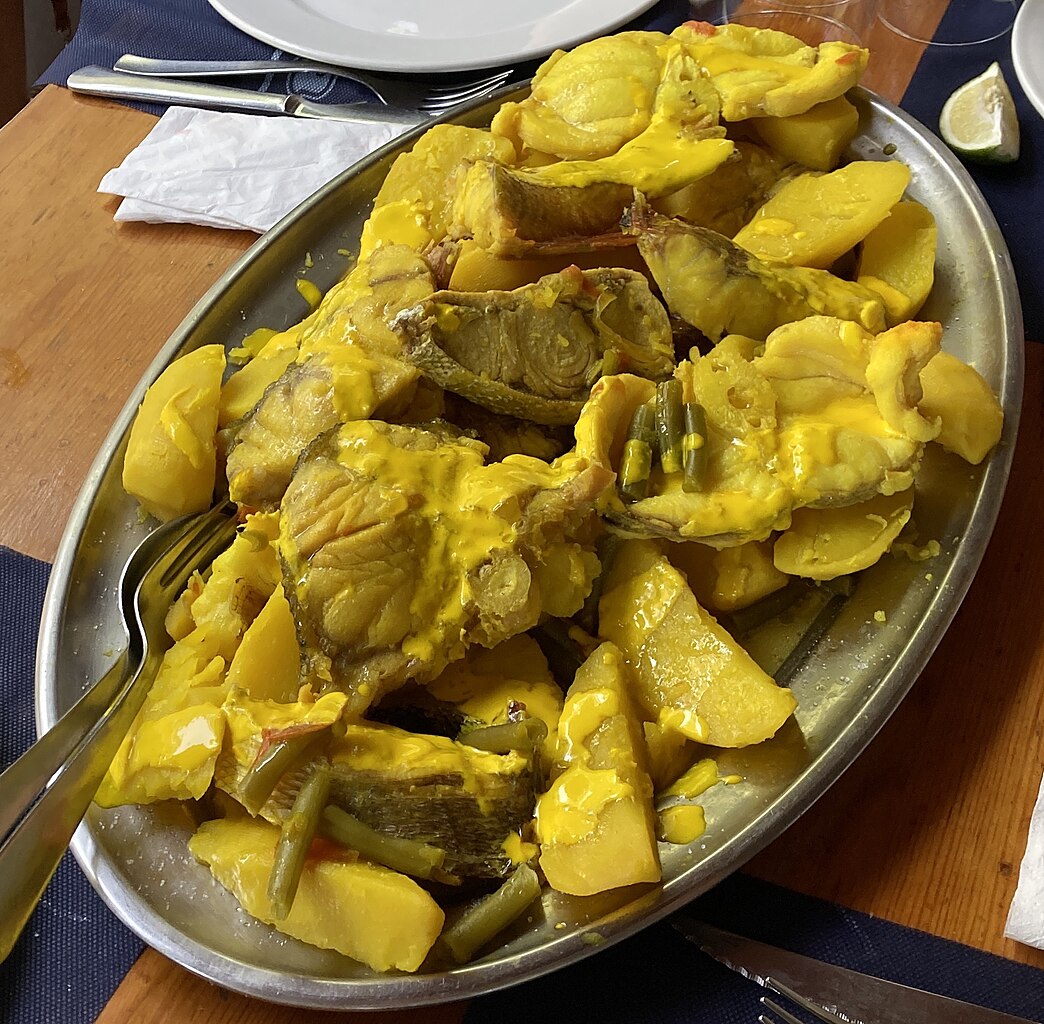
Image Source: Wikimedia Commons
I couldn’t resist ordering the island’s signature dish, bullit de peix. It’s a rich fish stew with potatoes, spiced up with local flavors.
Platters of grilled prawns, octopus, and lobster tasted clean and fresh. Most places just drizzle them with olive oil, a squeeze of lemon, and a sprinkle of sea salt—nothing fancy, but honestly, that’s all you need.
Dinner usually meant eating outside by the water, with the sunset turning everything gold.
Es Moli de Sal, for example, made each bite stick in my memory. I loved how many spots just let the fish speak for itself.
Here, nobody rushes the food—the island’s slow pace kind of seeps right onto your plate.
Tapas, Paella, and Sangria Experiences
Nothing says Spain quite like sharing tapas with friends as the sun goes down.
In Formentera, you’ll find small plates everywhere—patatas bravas, fried calamari, garlic shrimp, marinated olives. These dishes always ended up on my table.
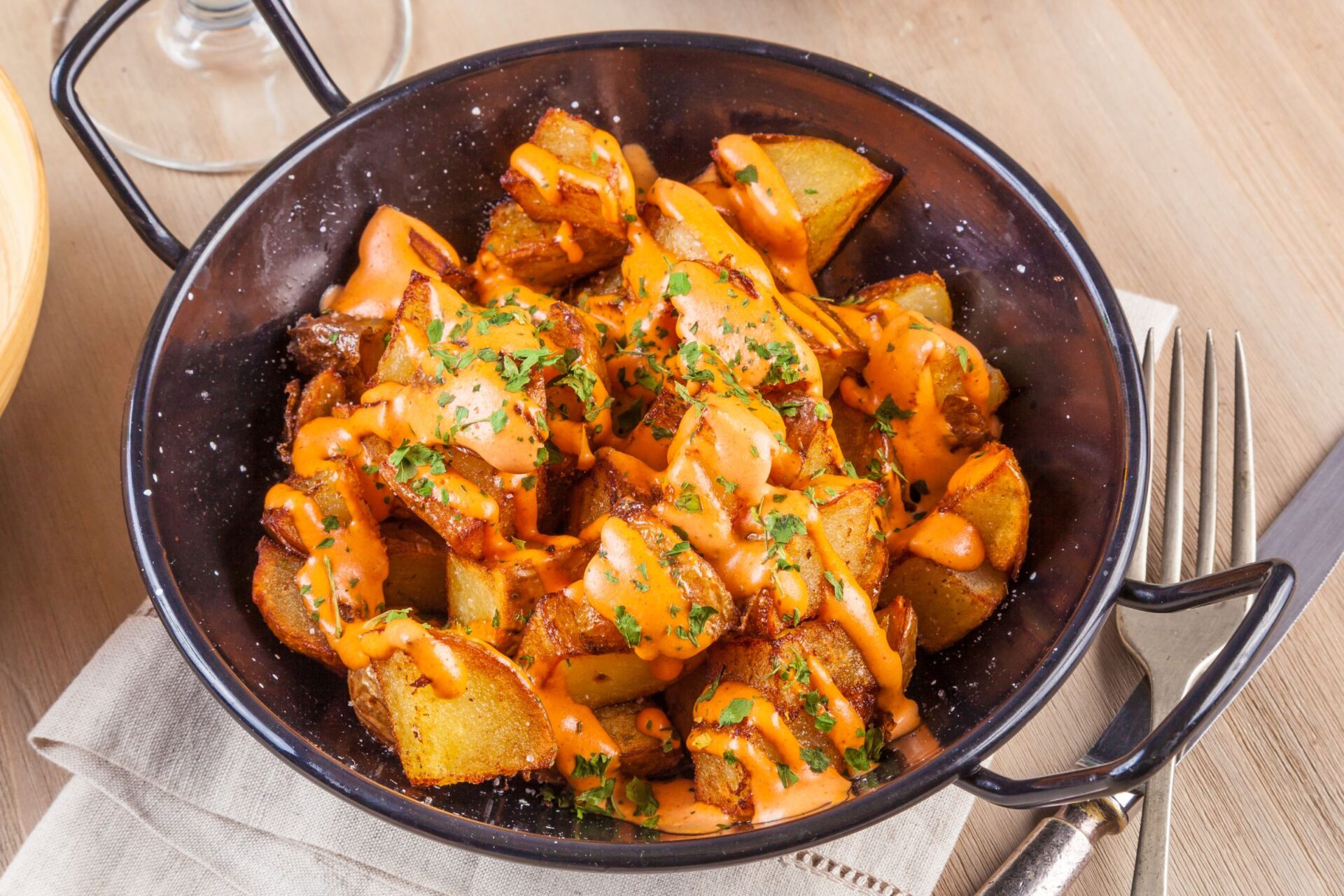
I usually kicked off my evenings with a round of tapas. It’s the best way to try something new without locking yourself into a big main.
Paella here always stood out. Whether it was seafood or mixed, every paella came packed with flavor and loaded with fresh ingredients.
I’d pair my meal with a glass, or honestly, sometimes a whole jug, of cold, fruity sangria.
Sipping sangria at a beachside chiringuito while waves rolled in made everything feel a little more relaxed.
Pro tip: Most beach bars serve paella just at lunchtime, so it’s worth planning ahead.
Wine, Food Markets, and Gastronomy
Formentera’s food markets gave me a real glimpse into local life. In the mornings, I’d wander through the Sant Francesc market and spot baskets full of just-picked tomatoes, rustic breads, and jars of olives that looked almost too pretty to eat.

Image Source: Expedia
I found myself picking out cheeses and picnic supplies for a lazy beach day. Honestly, it was hard to resist.
Wine here isn’t about fancy bottles or complicated choices. Most places just pour crisp white wine from vineyards nearby.
That wine goes so well with seafood or a fresh salad, it’s almost like they made it for that. At some markets, they’ll offer you a taste before you buy—how could I say no to that?
Formentera’s food scene surprised me with its mix of old-school recipes and creative twists. Whether I was eating on the sand or under candlelight, every meal felt like a little celebration of the island’s sunny charm.

